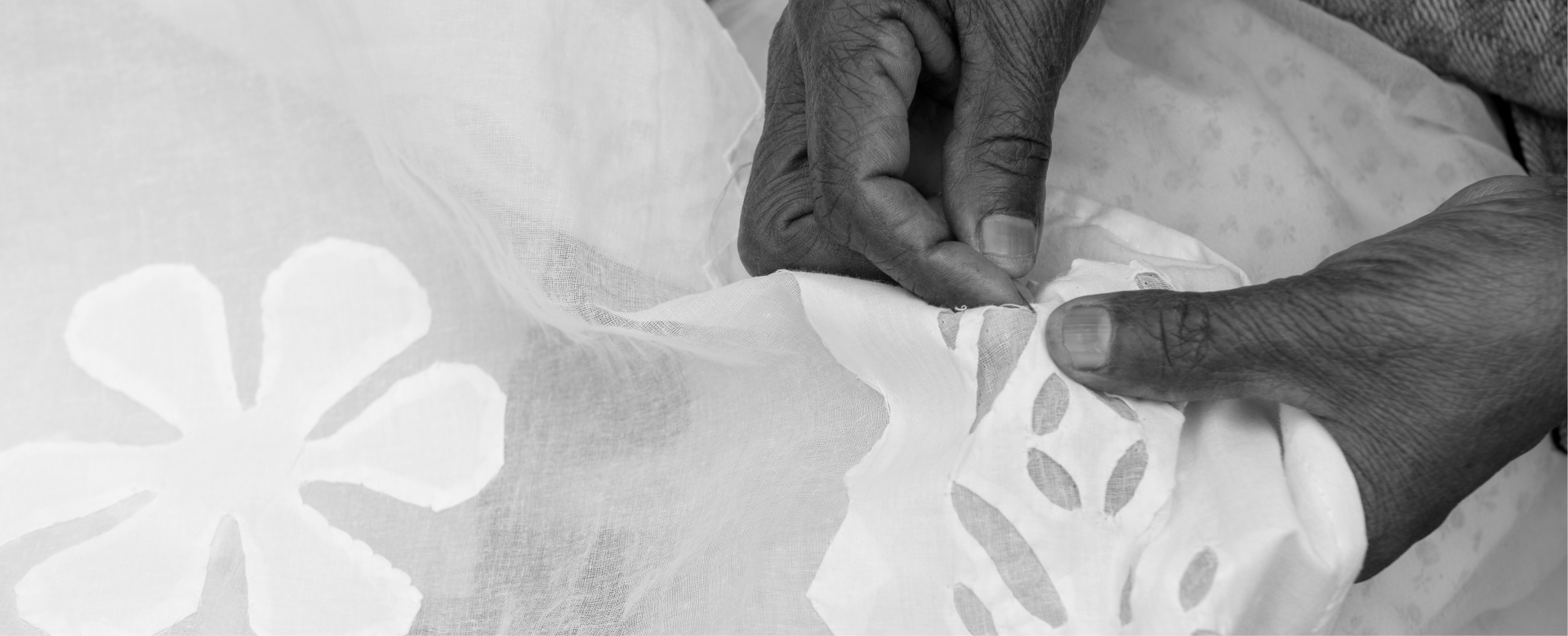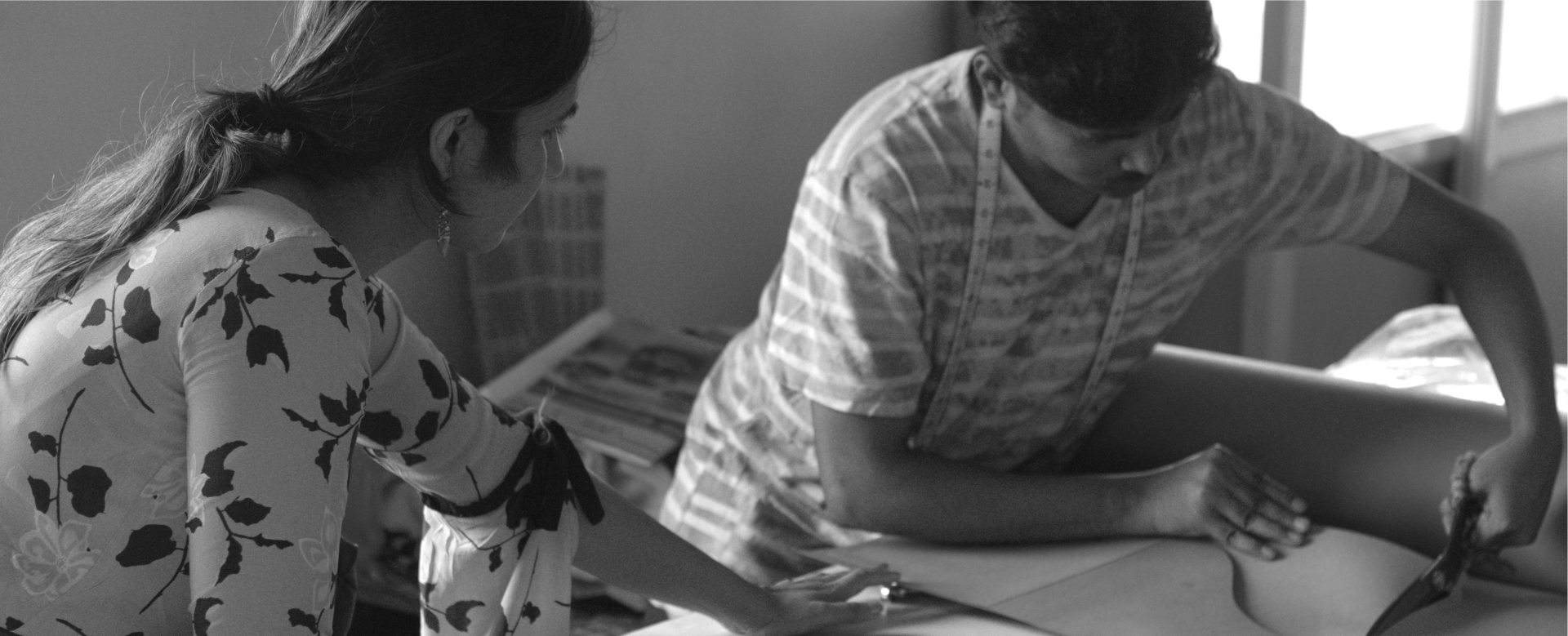
Models for Sustainable Framework in Luxury Fashion
Ever since the term sustainability has become predominant all across the globe, no industrial sector has been spared, and luxury fashion is no exception. Always at the forefront of fashion, luxury brands sustain an advantage over fast fashion companies. Unlike fast fashion, luxury products are known for their exclusivity, durability, high quality, and exquisite craftsmanship. However, with sustainability concerns rising, consumers are demanding transparency and more sustainable attributes from luxury brands. Luxury fashion firms have been criticized for damaging biodiversity levels in the environment, generating significant waste and pollution from manufacturing, destroying unsold stock as a marketing tactic, engaging in animal abuse when testing new materials and the exploitation of employees, especially factory workers in developing countries and this is concerning consumers, sustainability advocates, and governments. But despite all these issues, the luxury fashion sector is growing exponentially, and today represents a retail market of greater than US$ 1 trillion.
In the current times where the market is bombarded with new brands every other day, it is necessary for luxury brands to have a transparent and sustainable business model to sustain in the market. They need to rethink the way they preach ‘green fashion’ as the new generation of consumers takes a close interest in what brands communicate. While it wasn’t the case before the last decade, consumers now have shifted their purchasing attitudes with their growing ethical considerations. Amongst the many challenges that these luxury brands are facing, some of the significant sustainability obstacles are the loss of biodiversity, fewer contributions to the circular economy, accusations of accepting dangerous working conditions for the workers, paying low wages, and engaging in gender inequality. As a result, the luxury fashion industry has begun investing in methods to address sustainability issues. Brands are redesigning their production processes by implementing more ethical materials and being more transparent about their operations to the world.
Material Innovation is the topmost criterion that has shown a drastic shift amongst luxury fashion brands. Since the industry largely depends upon producing unique and rare-to-find materials and products, it exploits natural resources that lead to biodiversity loss. To ensure and preserve natural resources used in production, brands are opting for recycled and responsibly sourced organic textiles like hemp, rose petal fibers, and banana fibers. Brands are also befriending innovative materials like Pinãtex, Econyl®, and Mylo™. These are rare and exclusive materials that are kinder to the planet and its people and can certainly make a conspicuous positive impact. In Spring 2021, Stella McCartney unveiled a prototype corset and trousers in Mylo, a lab-grown leather-like material made of mycelium – the root structure of mushrooms – developed by Bolt Threads in Silicon Valley. The use of second-hand and recycled materials has also become prevalent in the industry in the last few years where luxury brands are encouraging the methods of upcycling and reusing dead stock material into something of higher value. In addition to that, companies are also making the shift with responsible accessories and packaging. Using recycled paper and cardboard, corrugated papers, and bamboo hangers is slowly adding to the bigger sustainability picture. This way, companies are embracing new practices to restore and regenerate ecosystems on which they depend.
After consistent pressure from the audience all over the globe, luxury brands are also making efforts to consider their social responsibilities. To protect the well-being of all the employees involved in their supply chain, brands are making sure to provide dignified working conditions, eradicate gender inequalities, and offer fair pay to all their workers. By redefining their philanthropic strategies and joining hands in other social movements, the brands are openly engaging to promote their social campaign. In 2017, Kering and LVMH agreed to safeguard the well-being of all models used in promotions or fashion shows, assuring high standards of integrity, responsibility, and respect. Providing fair trade certifications that state that all the workers are fairly made and materials are responsibly sourced to the consumers adds a bonus to customer satisfaction. In such a manner, luxury brands are striving to respect mankind in order to encourage and promote sustainability.
Contributing to the circular economy is yet another factor that defines the brand as sustainable. Today when sustainability has become a vital component for the shoppers behind their purchasing activities, it is forcing brands to redesign their business strategies. Innovative initiatives like a take-back program, second-hand shopping, and renting, are new to the luxury fashion world but are adjusting to their scope in the industry. For example, Kering is testing its own rental service on a subscription basis with a partnership between The Real Real and Yves Saint Laurent. And Stella McCartney became the first luxury brand to boost the second-hand market by publicly asking customers to sell their clothes through a partnership with The Real Real. Making the most of the resources, minimizing waste, and closing the loop while staying relevant to the market are some things that brands are tirelessly working to achieve.
To conclude, it is prevalent that luxury brands are addressing sustainability challenges to a great level. If the brands want to come truly sustainable, they have to build truly sustainable supply chains. They have to ensure that environmental, social, and economical issues of sustainability are being addressed by them. The brands need to integrate sustainable practices at all levels of operations including sourcing, designing, manufacturing, distribution, and marketing. They need to make their consumers aware of how their products impact the environment, this means sharing the responsibility of sustainability with consumers rather than either the consumer or the brand taking on the burden of climate-friendly choices alone.
1. https://www.bbc.com/news/business-44885983
2. https://cdn.businessoffashion.com/reports/The_State_of_Fashion_2019.pdf
3. https://www.thezoereport.com/fashion/luxury-sustainability-changes
4. https://www.vogue.co.uk/fashion/article/fashion-industry-sustainability
5. https://www.researchgate.net/publication/335265645_Luxury_fashion_and_sustainability_looking_good_together
6. https://www.publicissapient.com/insights/how-luxury-fashion-brands-can-lead-the-sustainability-charge




Leave a Reply